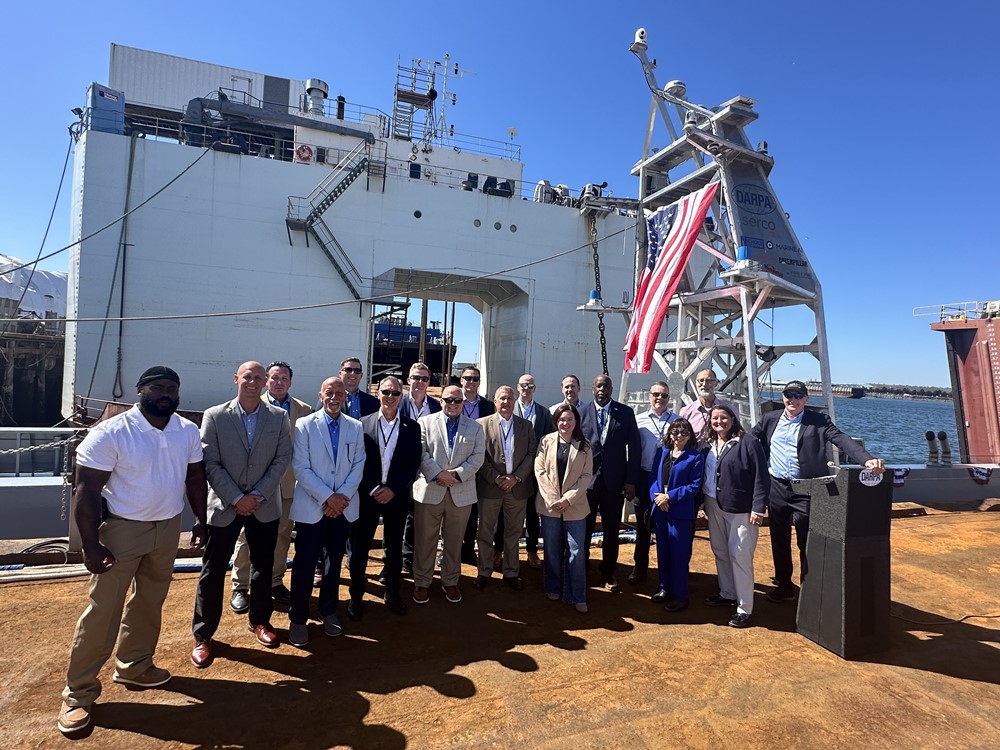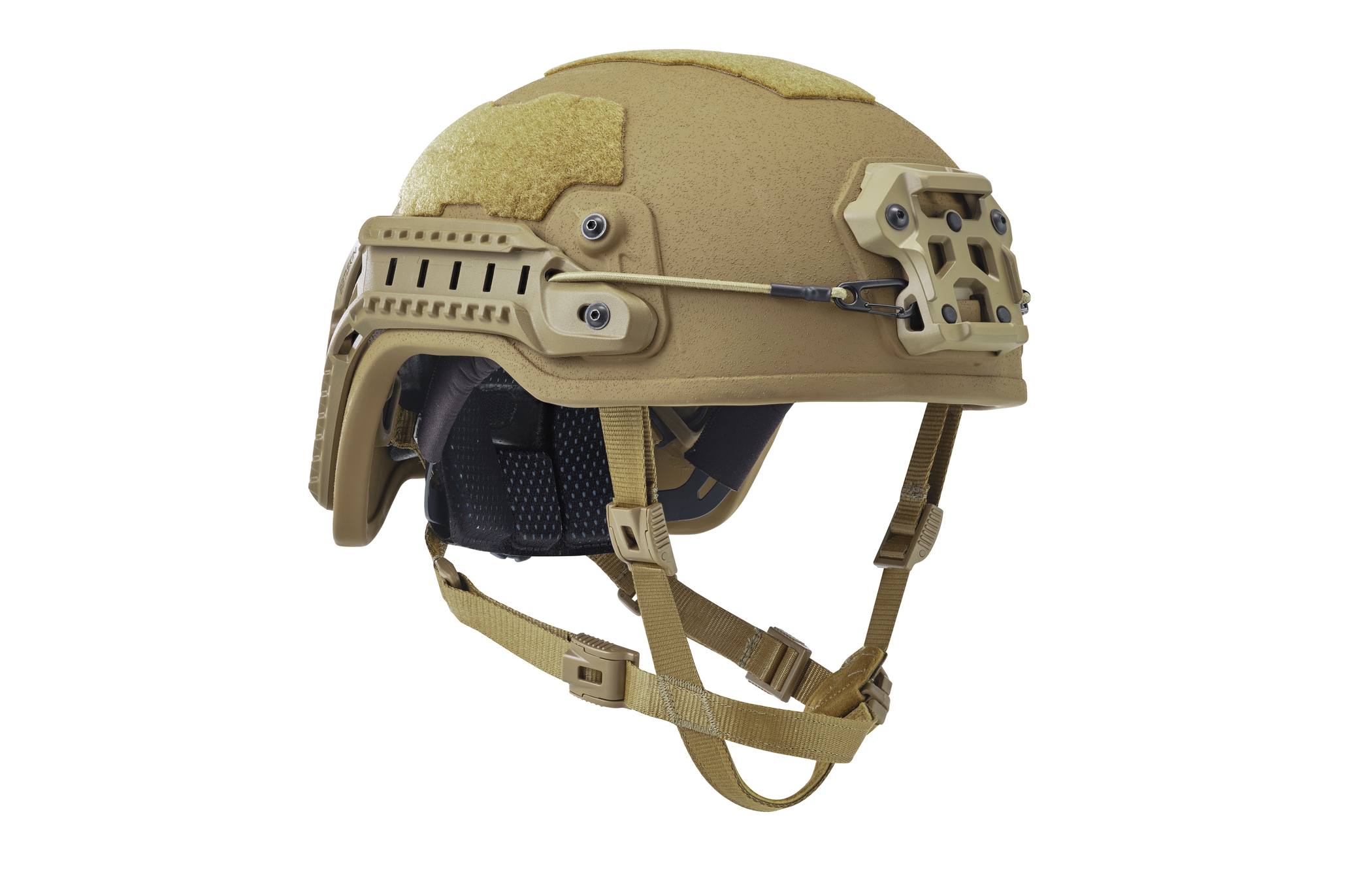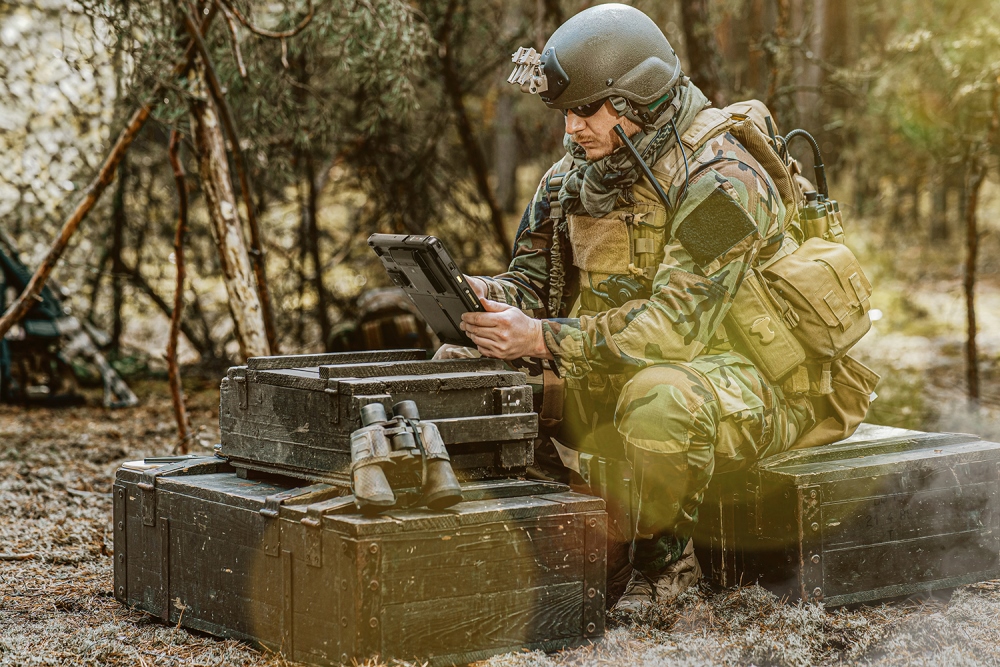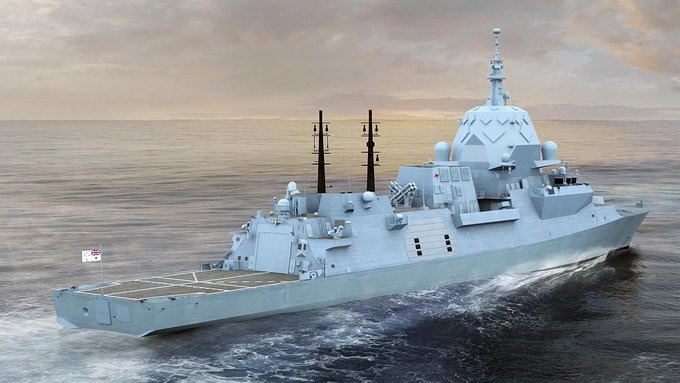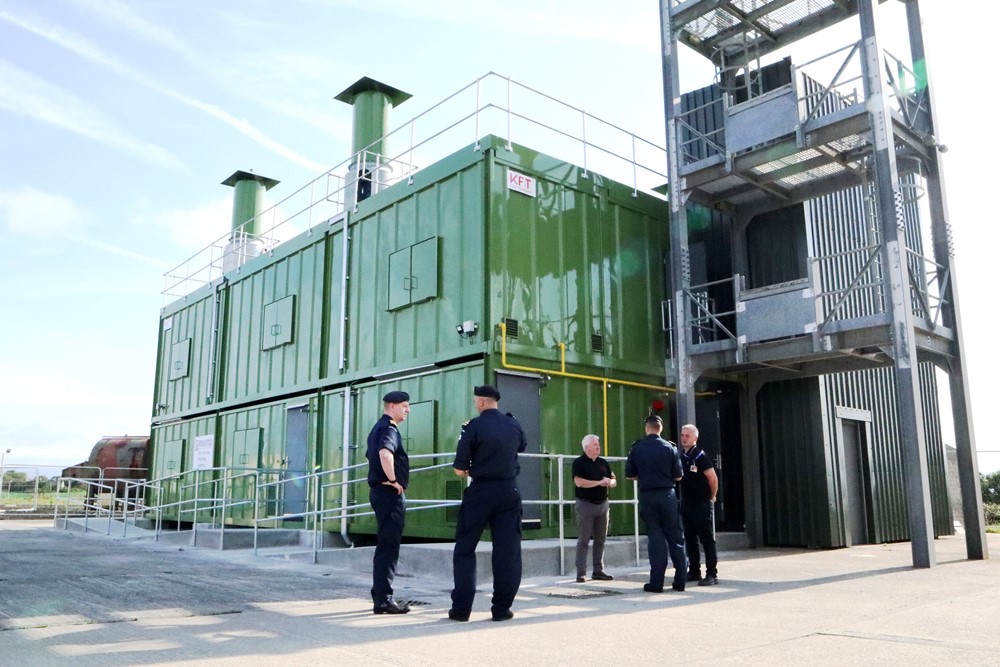British Army launches human machine teaming
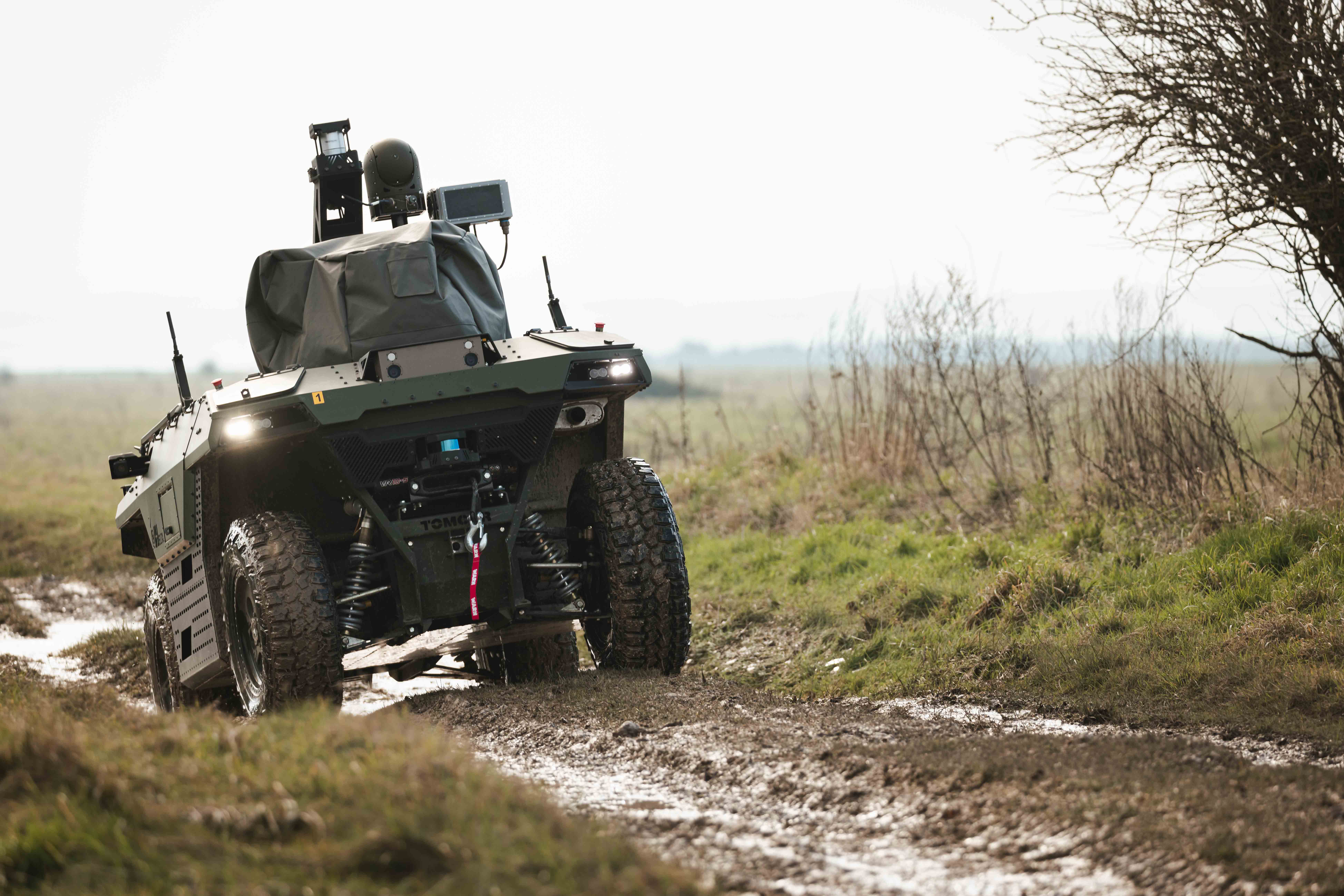
Image courtesy British Army / MoD / Crown Copyright
At Salisbury Plain training area several automated vehicles were put through their paces, including:
- ATLAS, a Terrier Armoured Engineering vehicle with remote and autonomous capabilities.
- THESEUS self-driving air and ground platforms that will deliver combat supplies in the crucial ‘last mile’ of the battlefield.
- A robotic platoon vehicle.
The closest objective on the horizon for the Army’s Human Machine Teaming Project is the delivery of a Robotics and Autonomous Systems (RAS)-enhanced light Brigade Combat Team by 2025.
RAS will operate as part of Human Machine Teams, providing and exploiting data allowing better decisions to be made faster.
The technology will ensure that the Army is ready to fight and win when the nation and our allies are threatened.
The Army, with our allies and industrial partners, is well placed to accelerate into the technologically enabled future.
The density of human soldiers is reducing, in favour of smaller, cheaper, and plentiful platforms that increase combat mass whilst reducing risk to life.
The defence of the UK against future adversaries requires an innovative and agile approach. As technologies present themselves the military has a duty to assess, develop and integrate RAS capabilities.
RAS offers an opportunity to mitigate the risks inherent in fighting against nation states and other hostile actors that have developed uncrewed systems and advanced command, control, communications, computers, information/intelligence, surveillance and reconnaissance (C4ISR) technologies.
The UK Armed Forces have always embraced opportunities to use technology to enable and enhance the defence of the country. Working with industry partners, the British Army is well on the way to maximise the potential of RAS.
The Human Machine Teaming (HMT) project, commissioned by Future Force Development, Army Headquarters, is aiming to enhance capability, generate greater capacity, cut the time taken to react, whilst at the same time reducing risk to personnel.
Most importantly this enhanced capability will always be under the control of a human operator, in the same way that drones are operated today.
With the end goal of creating an operational advantage, the HMT project aims to deliver an enhanced deployable RAS that can be rapidly scaled up with the eventual objective of integrating with heavy and light mechanised units.
The HMT project is part of the Army’s wider Robotics and Autonomous Systems experimentation within the Expeditionary Robotics Centre of Expertise, set up within the Defence Equipment and Support Future Capability Group.
It has built upon the foundation of autonomous systems development from projects such as Robotic Platoon Vehicle (RPV), which predominantly focused on platform autonomy.
Major Matt McGarvey-Miles, SO2 Experiments, Future Force Development said: “Technology alone will never deliver genuine warfighting transformation. It is only when technology is evolved into a new way of fighting that true opportunities are realised.
“That’s why developing and testing Robotic and Autonomous System capabilities is so important. These systems will play an increasing role in delivering deployed sustainment.
“Doing so will increase combat power through increasing mass and tempo of resupply, as well as reducing risk-to-life for our people, leading to an increased probability of mission success.”
More details about the British Army’s Approach to Robotics and Autonomous Systems can be found here .




